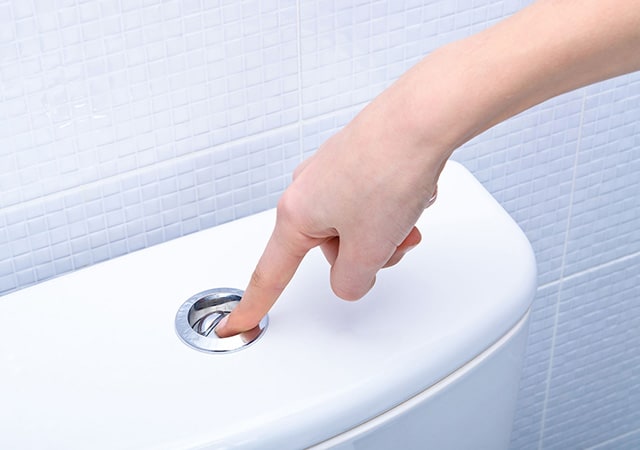All you need to know about urinary incontinence (UI)

What is urinary incontinence?
Urinary incontinence is the inability to control bladder function, it is a widespread issue that can be quite embarrassing. The severity varies from occasional leakage, when coughing or exercising, to a sudden overwhelming urge to urinate resulting in large leakage of urine before reaching the restroom in time.
Types of urinary incontinence
There are five main types of urinary incontinence:
Stress Urinary Incontinence
Stress incontinence occurs when there is an involuntary urinary leakage because of pressure exerted on the bladder or within the abdomen, e.g. coughing, laughing, sneezing or lifting something heavy. This is due to the weakening and laxity of the muscles and connective tissues that control the flow of urine. Some common causes of stress incontinence are pregnancy, natural childbirth, congenital causes, uterus, prolapse and obesity.
Urgency Incontinence
Urge incontinence occurs when there is an involuntary urinary leakage preceded by the urgency to urinate, for example, before the individual manages to find or reach a toilet. This may be due to hyperactive bladder muscles which causes frequent urges to pass urine even if the volume is low. Often paired with frequent urination and waking up in the middle of the night to pass urine multiple times, it is also called the “Overactive Bladder Syndrome”.
Overflow Incontinence
In contrast to urge incontinence, overflow incontinence is due to underactive bladder muscles or obstruction to the urine-pipe. This results in difficulty in emptying the bladder adequately, causing dribbling or “overflow” urinary leakage in between toilet visits. Some common causes of overflow incontinence are stroke, dementia, spinal cord injury or disease, post-delivery or surgical complications, diabetes mellitus and significant pelvic organ prolapse.
Functional incontinence
Functional incontinence occurs when there is an involuntary urinary leakage because of physical impairment and not because of any problems with the bladder. Common causes of functional incontinence are dementia and severe arthritis.
Mixed incontinence
Mixed incontinence refers to when an individual suffers from a combination of urinary incontinence types, usually a combination of stress and urge incontinence. Other risk factors of urinary incontinence also include:
-
- Urinary tract infection (UTI)
- Constipation
- High alcohol and caffeine intake
- Smoking
- Menopause
- Complications due to medication
- Family history
- Neurological conditions
- Certain types of cancer
How is urinary incontinence diagnosed?
While leakage of urine is the main symptom, here are some additional ways to spot urinary problems:
| Symptom | Description |
|---|---|
| Urgency | The strong urge to urinate even when the bladder is not full and experiences pelvic discomfort or pressure. |
| Frequency | Urinating more frequently than usual i.e. going to the toilet multiple times within 1-2 hours or more than seven times in a day. |
| Nocturia | Waking up to urinate more than twice during sleeping hours. |
| Dysuria | Experiencing pain during urination. |
| Enuresis | Bed-wetting during sleep. |